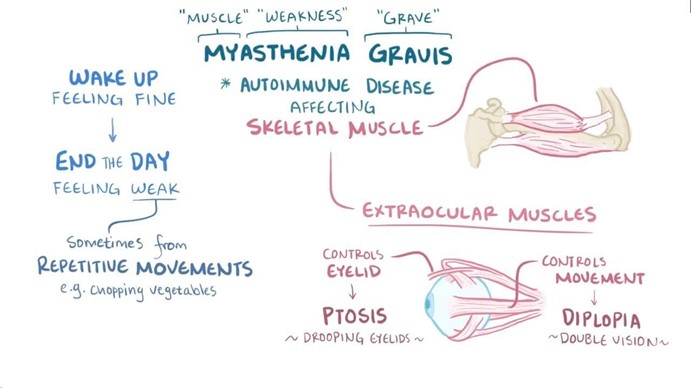A nurse is contributing to the plan of care for a client to achieve the outcome of functional healing of a fracture. Which of the following nursing interventions is the highest priority to assist in meeting this outcome?
Promote independence in activities of daily living for the client.
Provide relief from pain and discomfort for the client.
Maintain immobilization and alignment for the client.
Provide optimal nutrition and hydration for the client.
The Correct Answer is C
When contributing to the plan of care for a client to achieve the outcome of functional healing of a fracture, the highest priority nursing intervention to assist in meeting this outcome is to maintain immobilization and alignment for the client. This helps to ensure that the bones are in the correct position to heal properly and can prevent complications such as malunion or nonunion.
a. Promoting independence in activities of daily living for the client is important, but it is not the highest priority intervention for achieving functional healing of a fracture.
b. Providing relief from pain and discomfort for the client is important, but it is not the highest priority intervention for achieving functional healing of a fracture.
d. Providing optimal nutrition and hydration for the client is important, but it is not the highest priority intervention for achieving functional healing of a fracture.
Nursing Test Bank
Naxlex Comprehensive Predictor Exams
Related Questions
Correct Answer is B
Explanation
The nurse should identify infection as a complication to the client's condition. A warm area on the cast could indicate the presence of an underlying infection. The warmth could be due to an increase in blood flow to the area as the body tries to fight off the infection.
Uneven cast drying, pressure from the cast, and poor circulation are not complications that would cause a warm area on the cast. Uneven cast drying could cause discomfort but would not result in warmth. Pressure from the cast could cause skin breakdown but would not result in warmth. Poor circulation could cause coolness or pallor but would not result in warmth.
Correct Answer is B
Explanation
The nurse should identify that developing a respiratory infection can cause a myasthenic crisis in a client who has myasthenia gravis. A myasthenic crisis is a sudden worsening of myasthenia gravis symptoms, which can include difficulty breathing and swallowing. Respiratory infections can exacerbate these symptoms and trigger a myasthenic crisis.
Taking too much-prescribed medication, insufficient exercise, and insufficient sleep are not factors that can cause a myasthenic crisis. Taking too much-prescribed medication can cause side effects but would not directly cause a myasthenic crisis. Insufficient exercise and insufficient sleep can worsen overall health but would not directly cause a myasthenic crisis.

Whether you are a student looking to ace your exams or a practicing nurse seeking to enhance your expertise , our nursing education contents will empower you with the confidence and competence to make a difference in the lives of patients and become a respected leader in the healthcare field.
Visit Naxlex, invest in your future and unlock endless possibilities with our unparalleled nursing education contents today
Report Wrong Answer on the Current Question
Do you disagree with the answer? If yes, what is your expected answer? Explain.
Kindly be descriptive with the issue you are facing.
